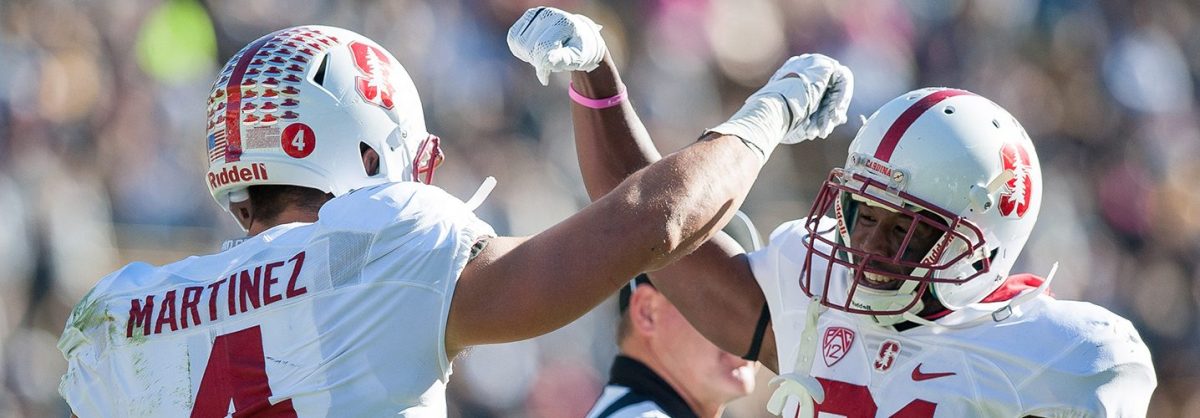Picture a sweaty, giant college linebacker pummeling an opponent on a football field. Now, do the same for a disheveled academic, nose in a book, who’s giving a library book hell. While on a microcosmic level, there’s zero connection between the two, as Quartz‘s David F. Labaree explains, the macrocosmic implications are far-reaching.
Per a recent Chinese study, notes Labaree, who is a Stanford professor of education, “American institutions account for 32 of the top 50 and 16 of the top 20 universities in the world. Also, between 2000 and 2014, 49 percent of all Nobel recipients were scholars at U.S. universities.” For those scholars to eventually receive Nobel prizes, those universities first needed to attract students, who then, someday, become annual donors. They also needed to reel in state appropriations and money from non-alumni donors.
How have colleges been able to do this? By building their brands around successful college football programs. As Labaree notes, “Unlike their European counterparts, American students don’t just attend an institution of higher education; they identify with it.” And by giving alumni a banner of a college football team to wave throughout the rest of their lives, “it promotes a loyalty … translates into a broad political base for gaining state funding and a steady flow of private donations.”
That, and a strong football program helps, as Labaree puts it, “soften [universities’] elitism.” In other words, it makes an otherwise elitist-sounding academic institution have a broader appeal among non-academics in the greater community (see: Stanford or Michigan).
Whether you’re looking to get into shape, or just get out of a funk, The Charge has got you covered. Sign up for our new wellness newsletter today.


















